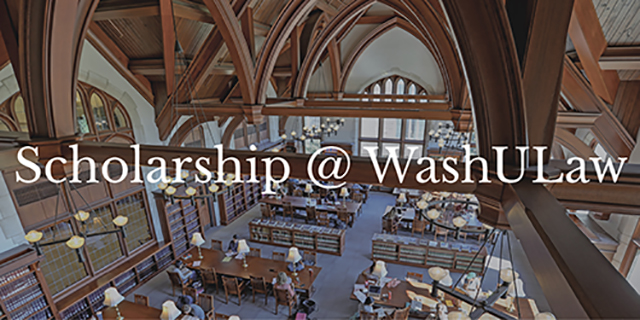
Scholarship@WashULaw
Document Type
Article
Publication Date
2002
Publication Title
Villanova Sports & Entertainment Law Journal
Abstract
Napster is gone for now, but the fissures it opened in our understanding of intellectual property will challenge lawyers for a long time. The basic idea behind Napster was a simple outgrowth of the Internet's premise of linking computers to facilitate the wide-spread exchange of information. The Napster Web site, with its peer-to-peer file sharing technology, created a sort of "clearing house" for information, specifically the sound files known as MP3s. Thousands upon thousands of users could sign on to the Napster site at any given time, offer MP3 files for downloading, and in turn download any files that any of the other users had to offer. For music lovers, the system provided opportunities to sample music they might not have known well enough to risk purchasing and to download familiar music in a format that allowed them to store hundreds of songs on portable players. The music industry, however, saw Napster as a sinister force that would let users own music without buying it. As such, the industry believed, Napster implicated a core purpose of copyright law: to protect artists' ability to profit from their creation.
Keywords
Intellectual Property, Technology, Science, Entertainment Law, Industry
Publication Citation
Gregory P. Magarian, Symposium Introduction: Napster: Innocent Innovation or Egregious Infringement, 9 Vill. Sports & Ent. L.J. 1 (2002),
Repository Citation
Magarian, Gregory P., "Symposium Introduction: Napster: Innocent Innovation or Egregious Infringement" (2002). Scholarship@WashULaw. 228.
https://openscholarship.wustl.edu/law_scholarship/228


Comments
This Journal was subsequently renamed. An alternative cite is
Gregory P. Magarian, Introduction, 9 Jeffrey S. Moorad Sports L.J. 1 (2002)